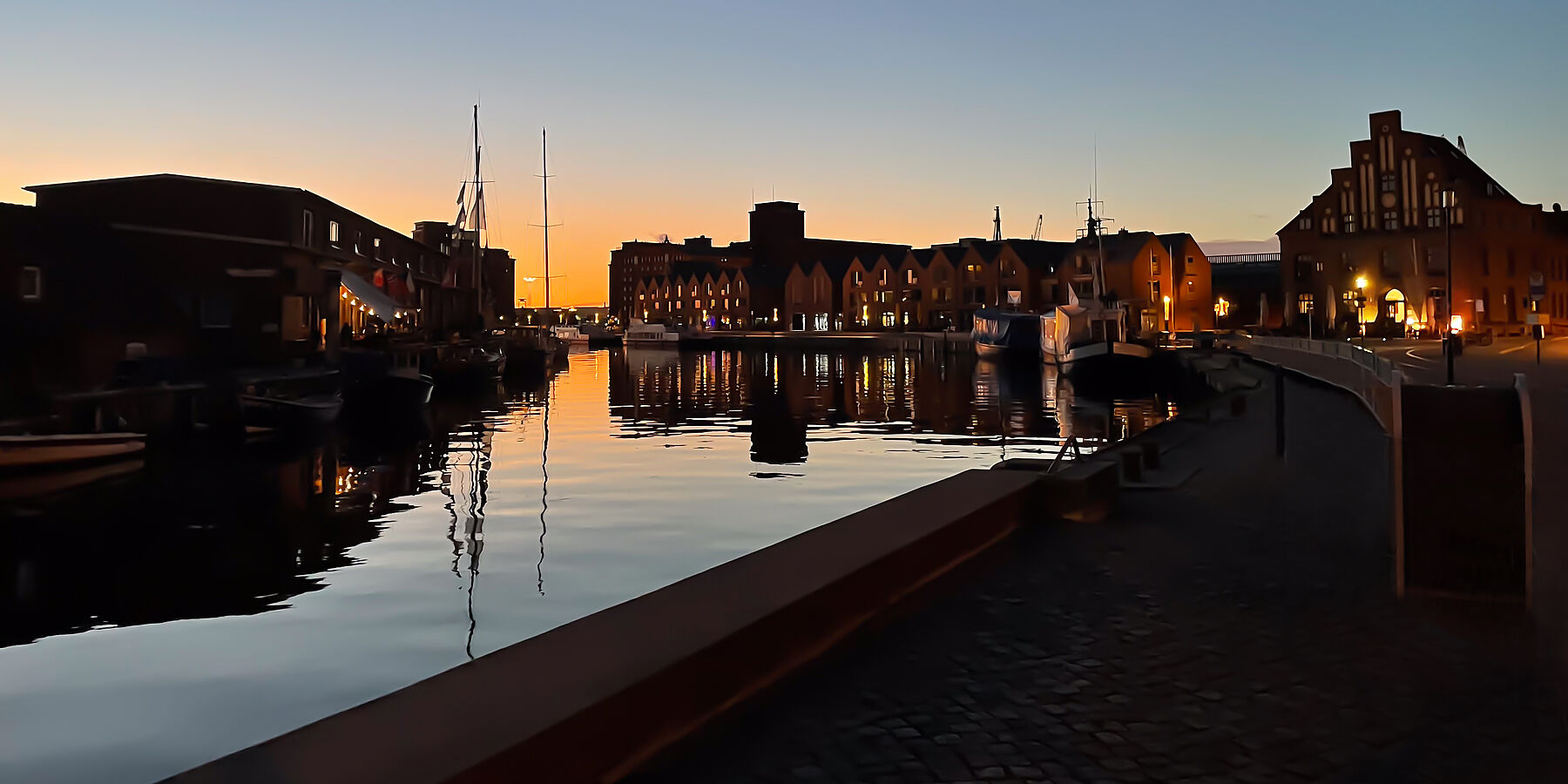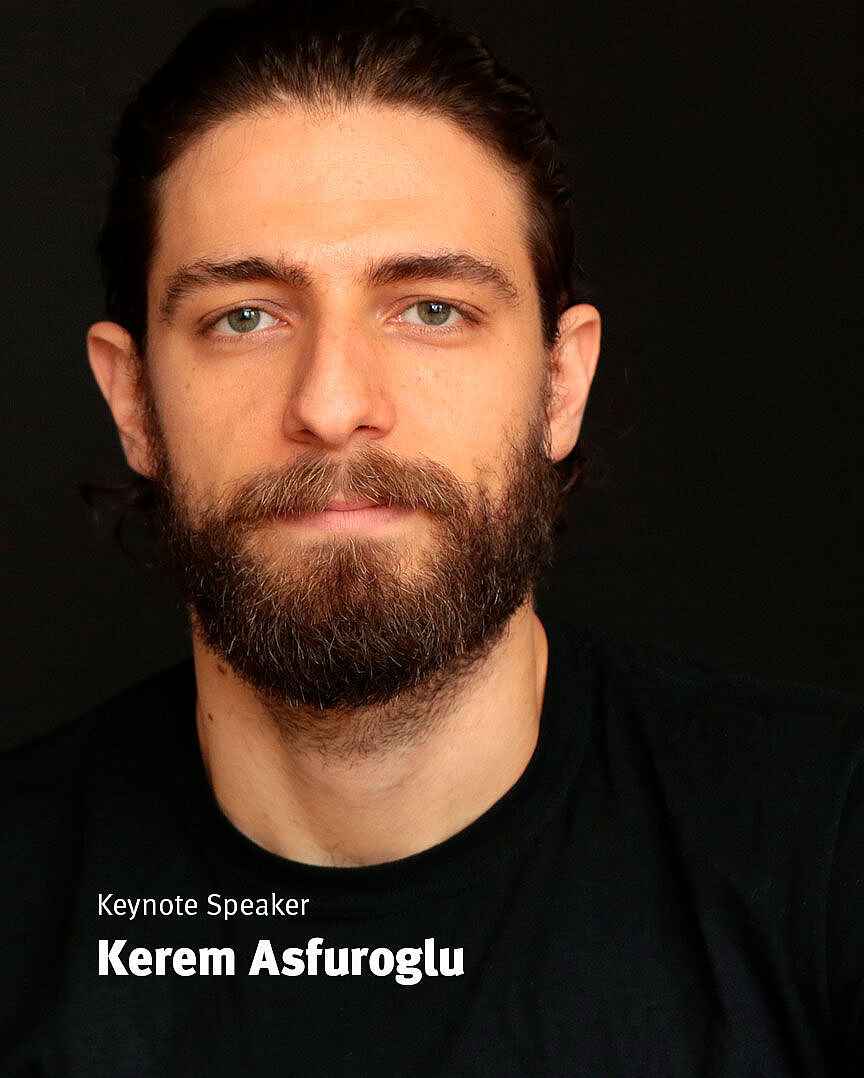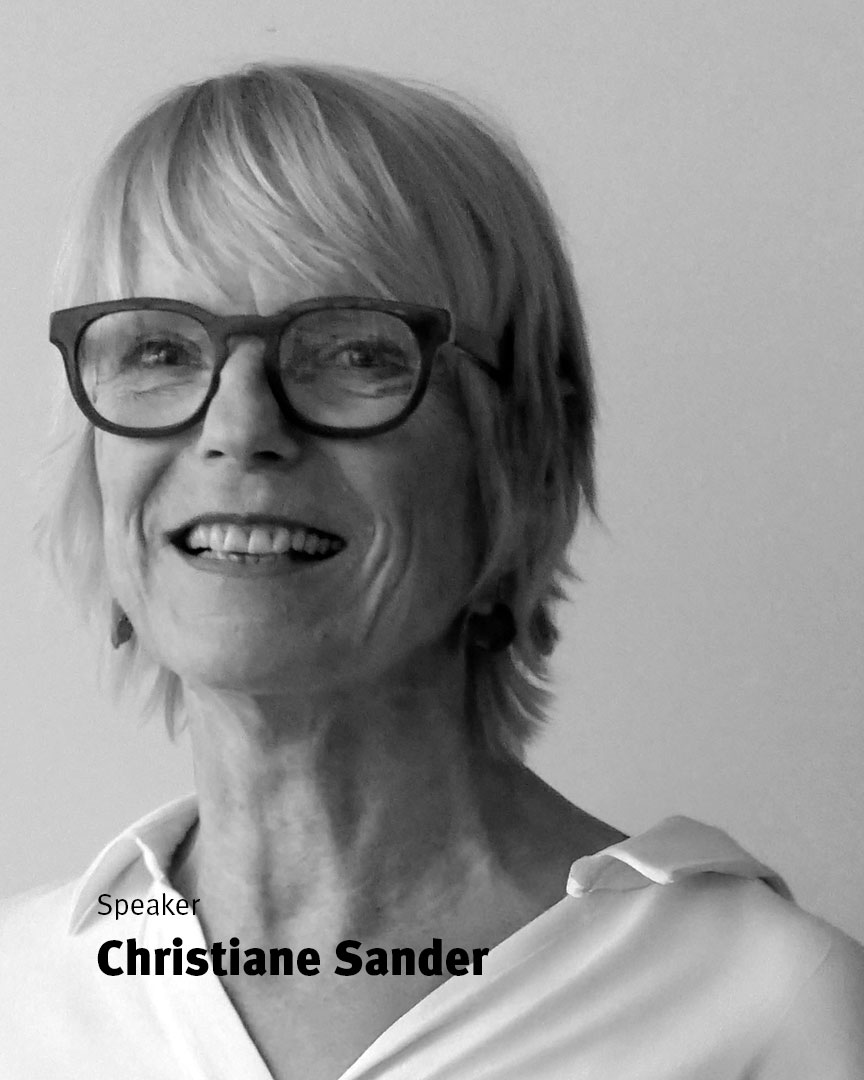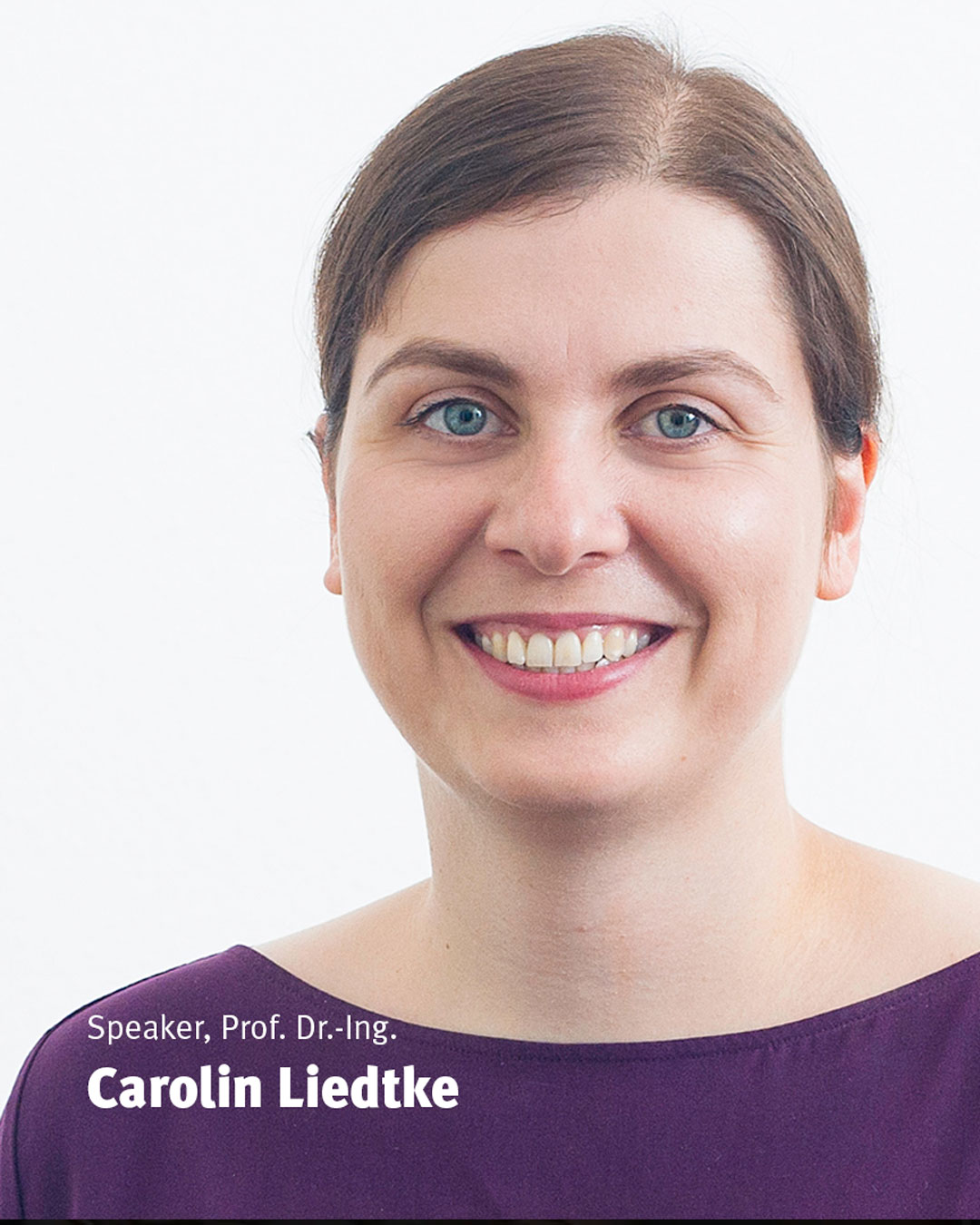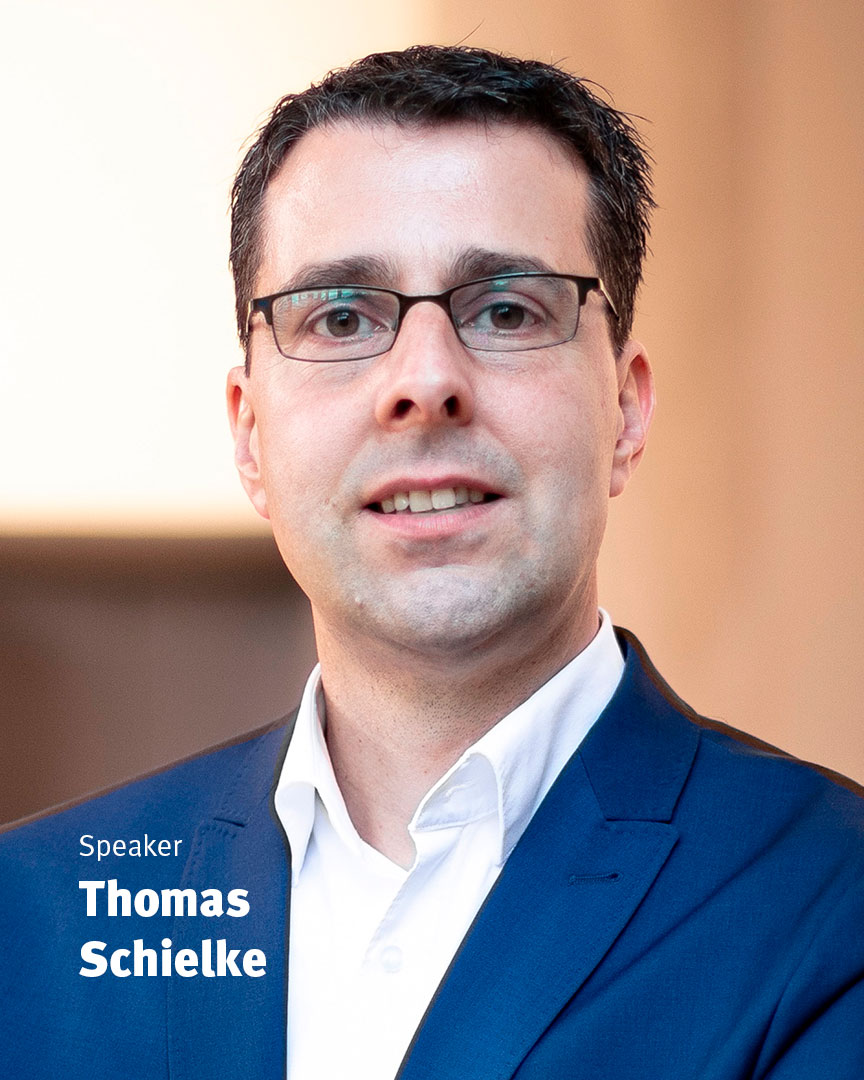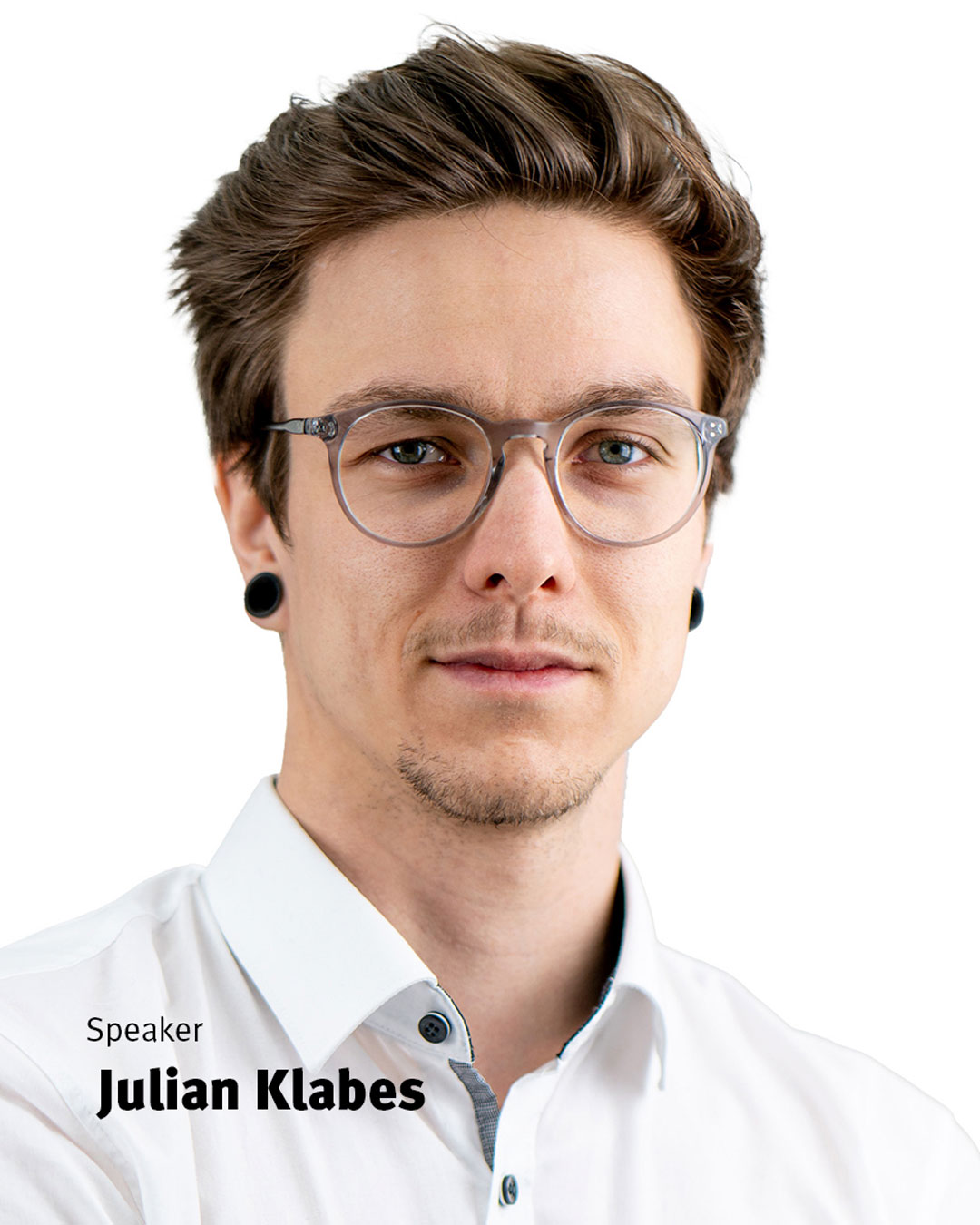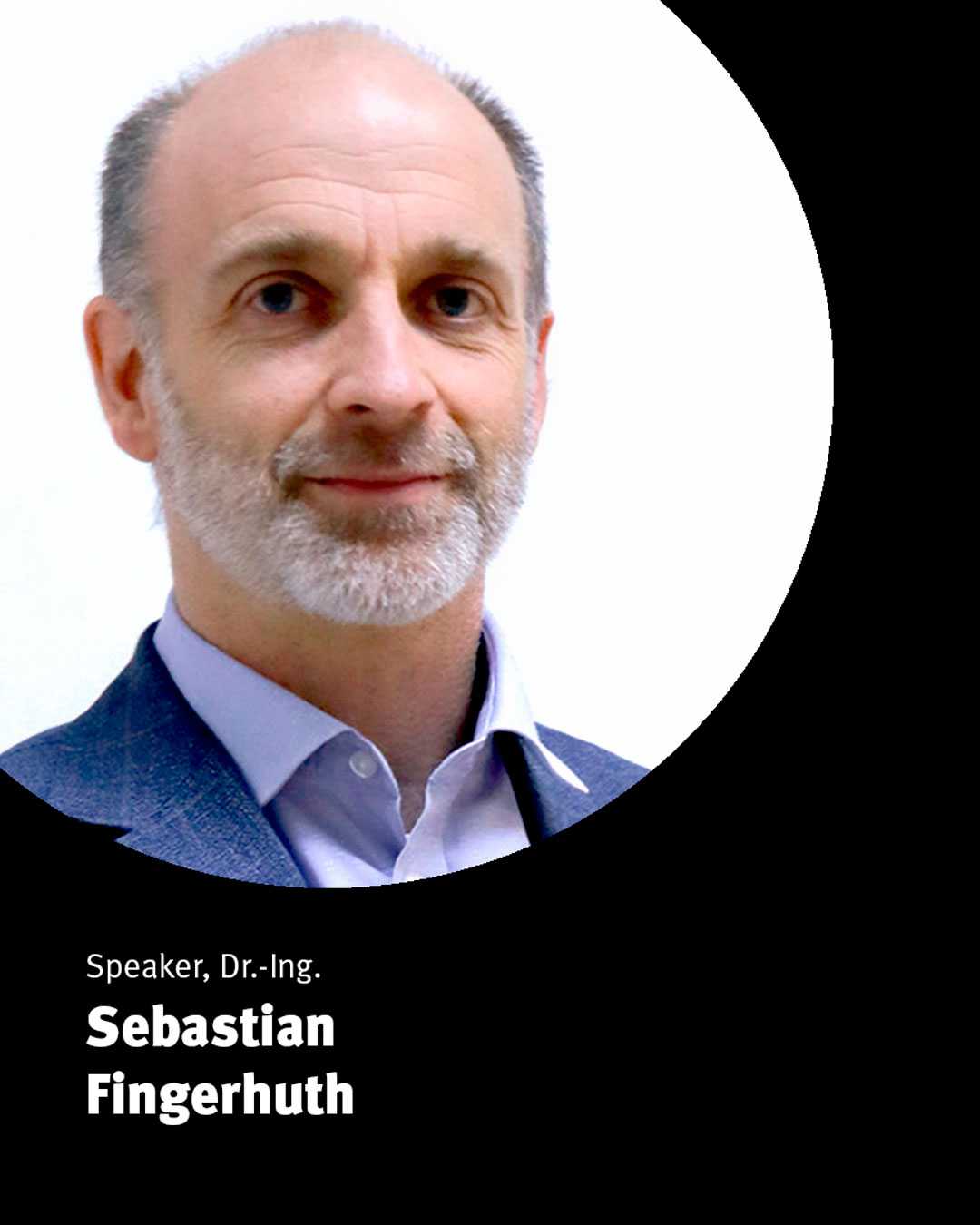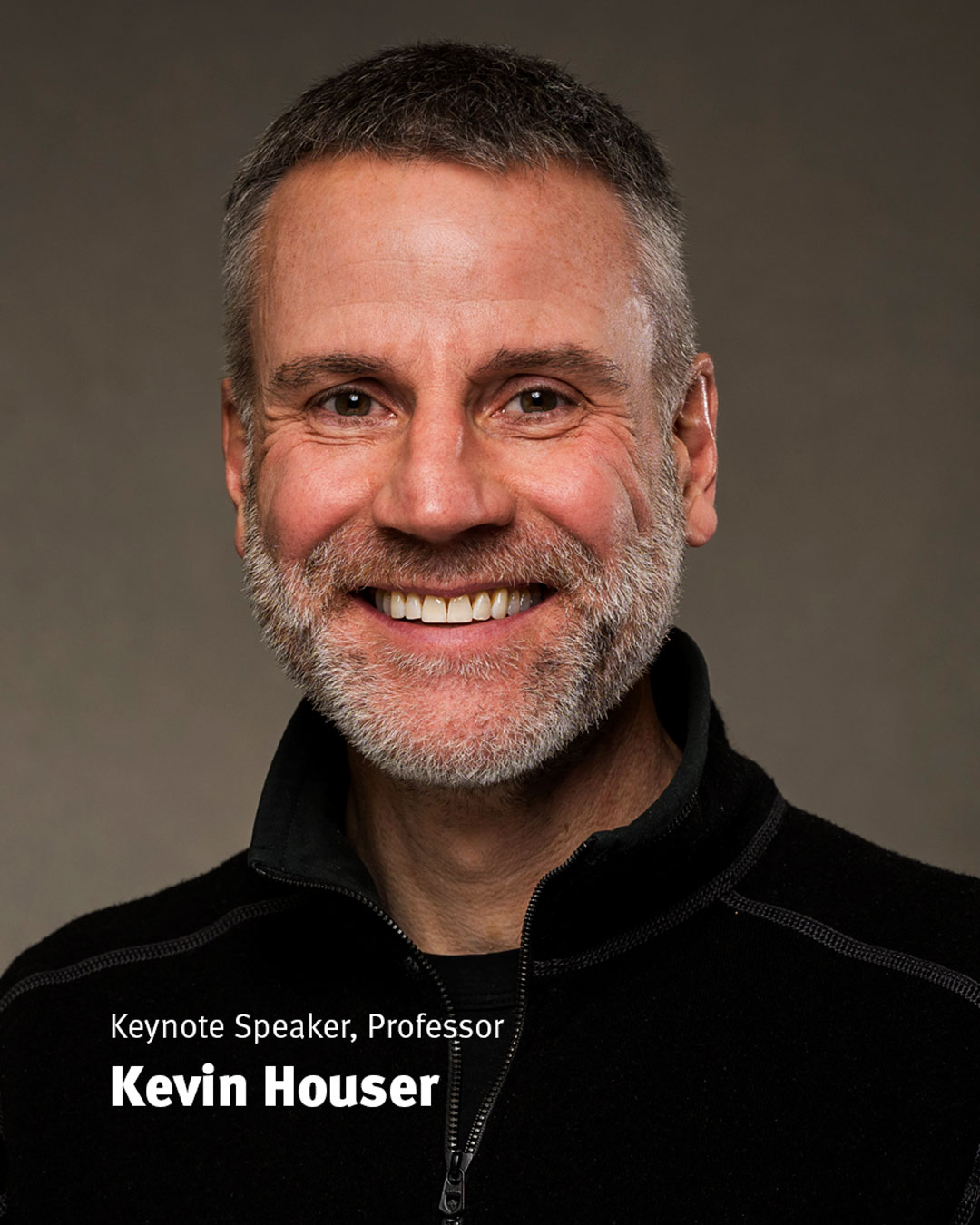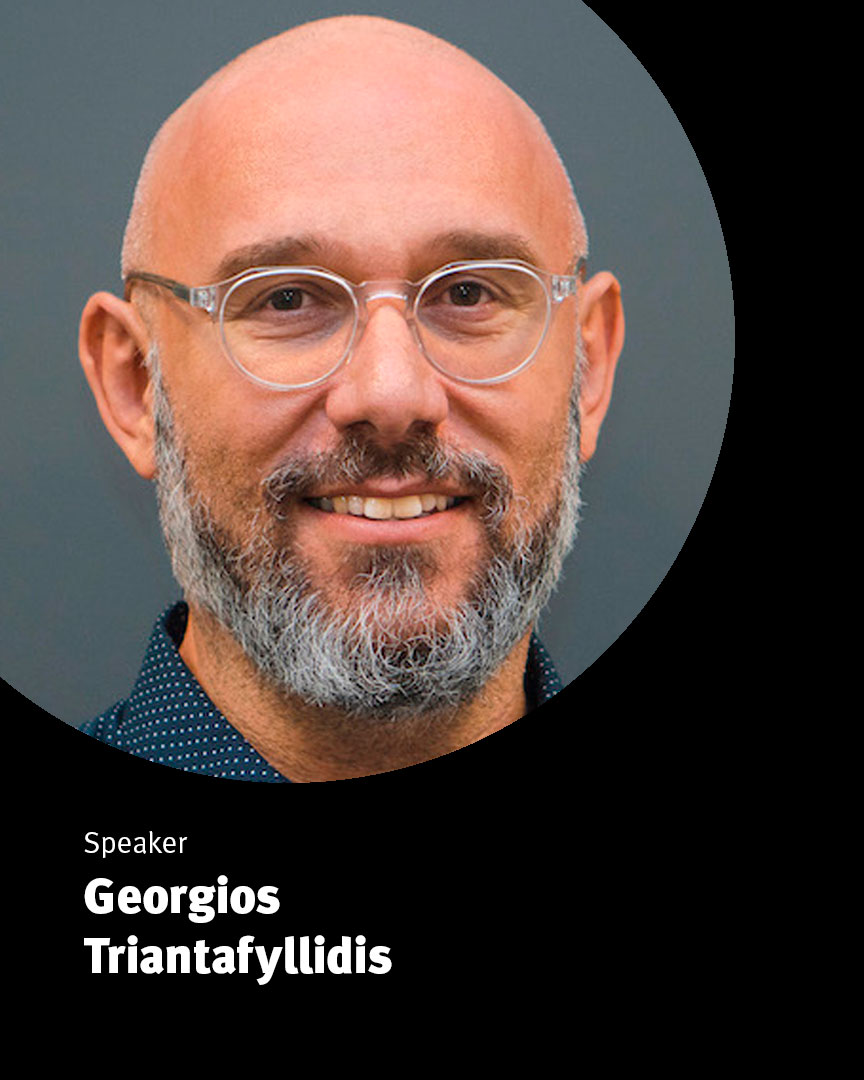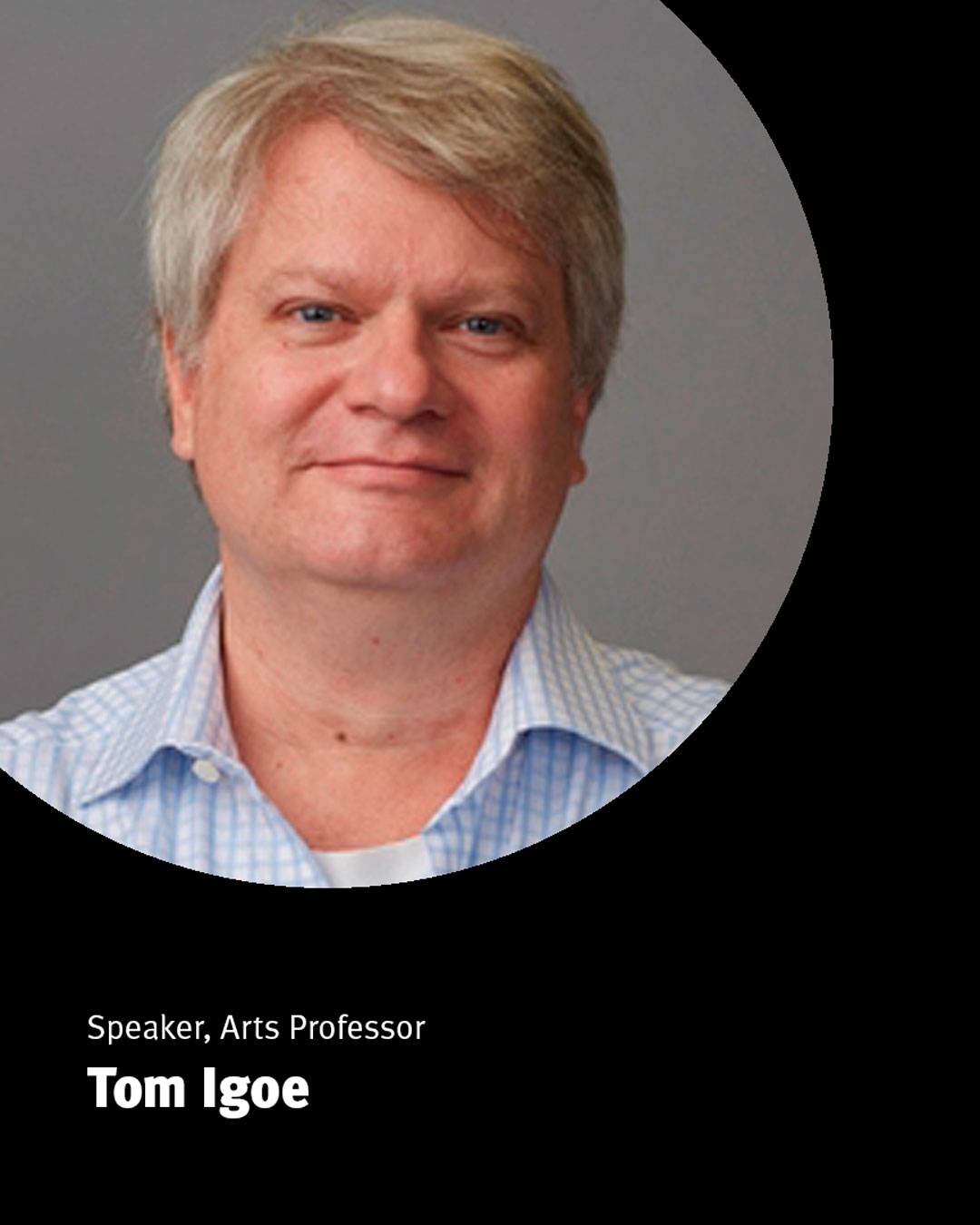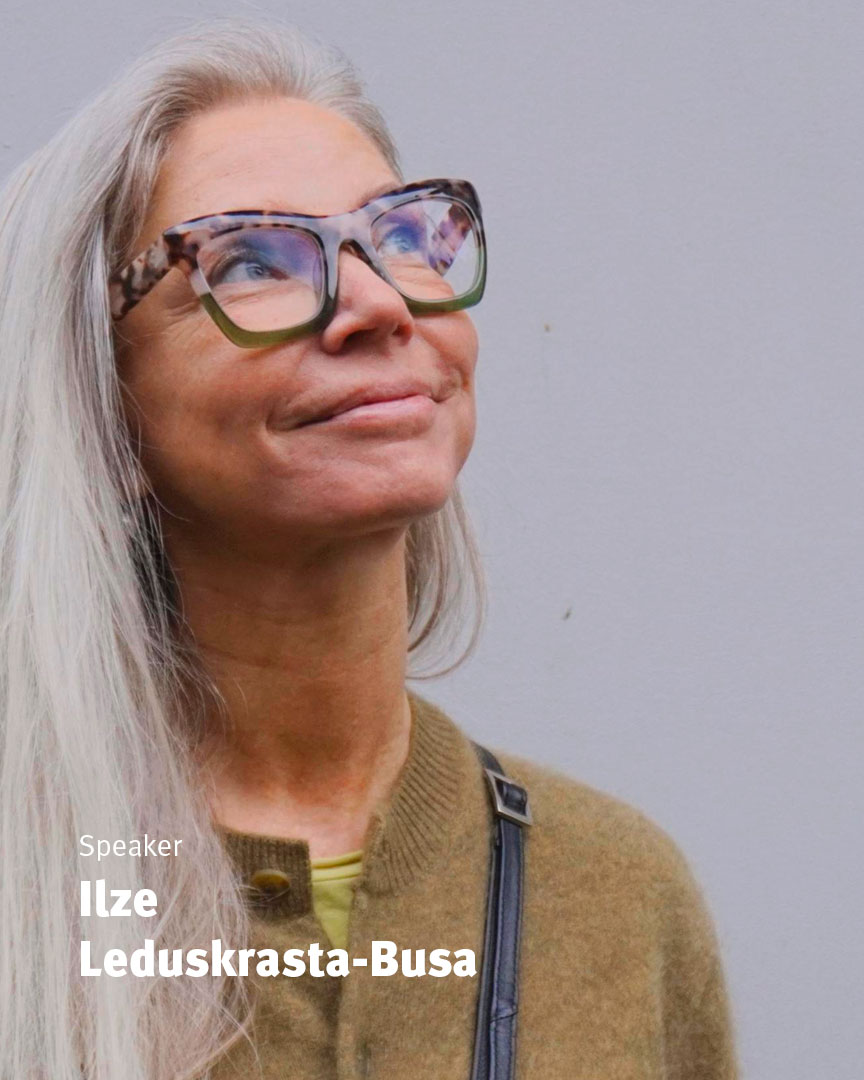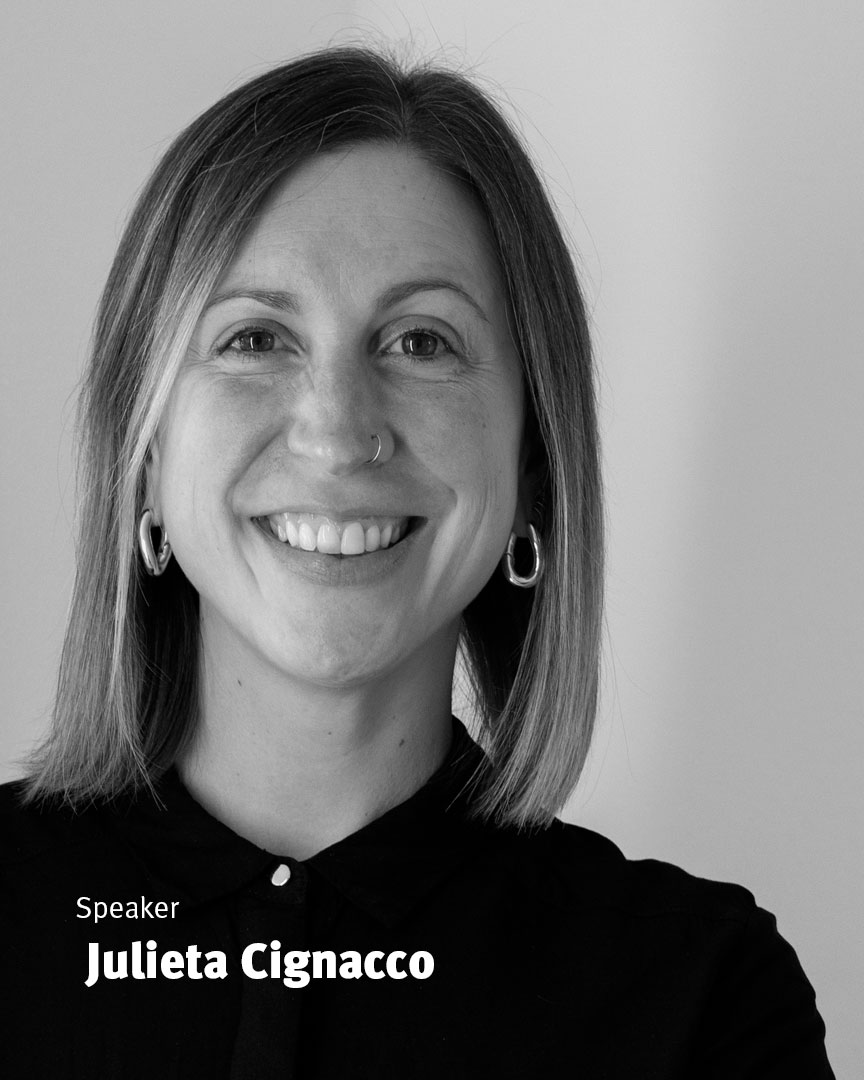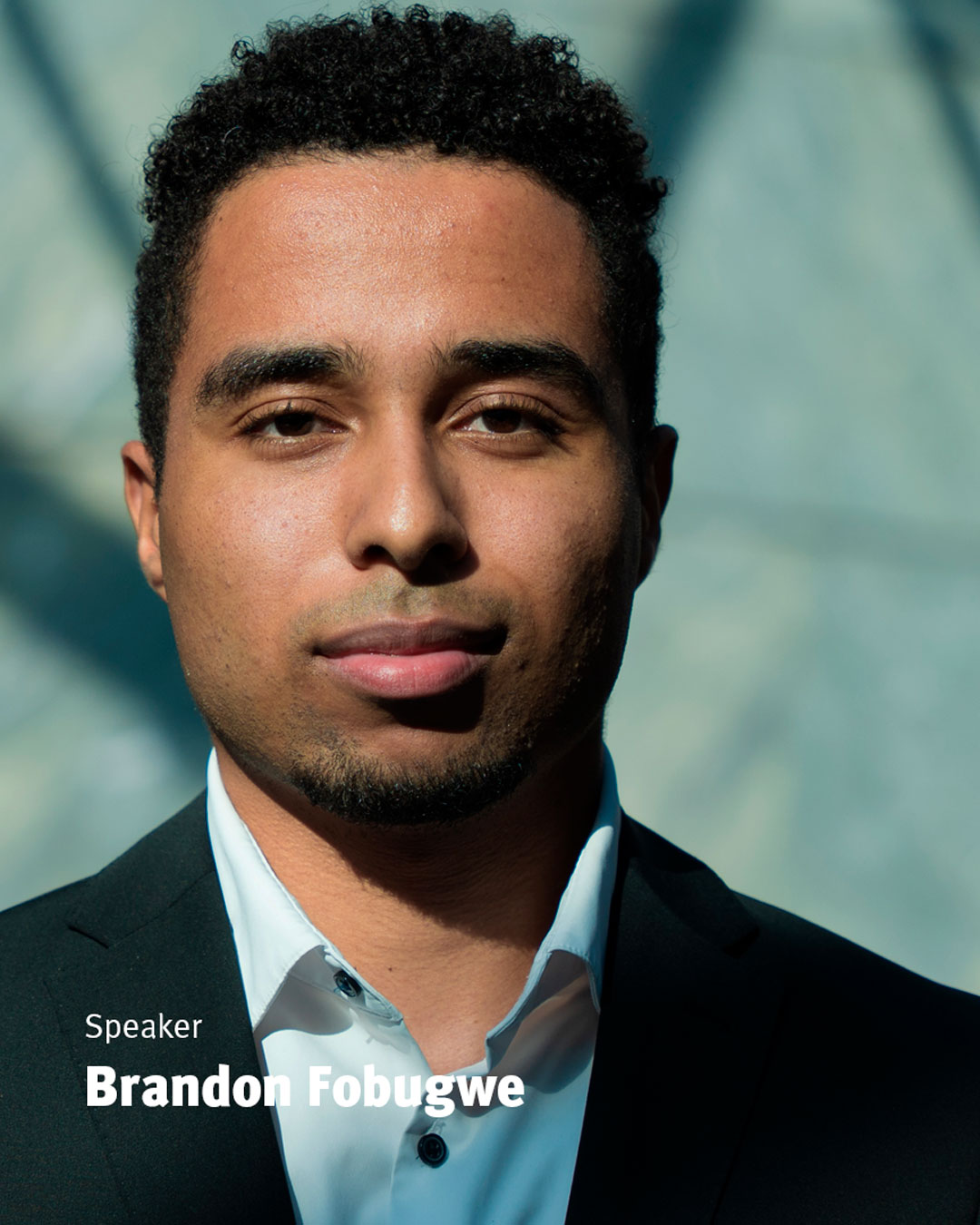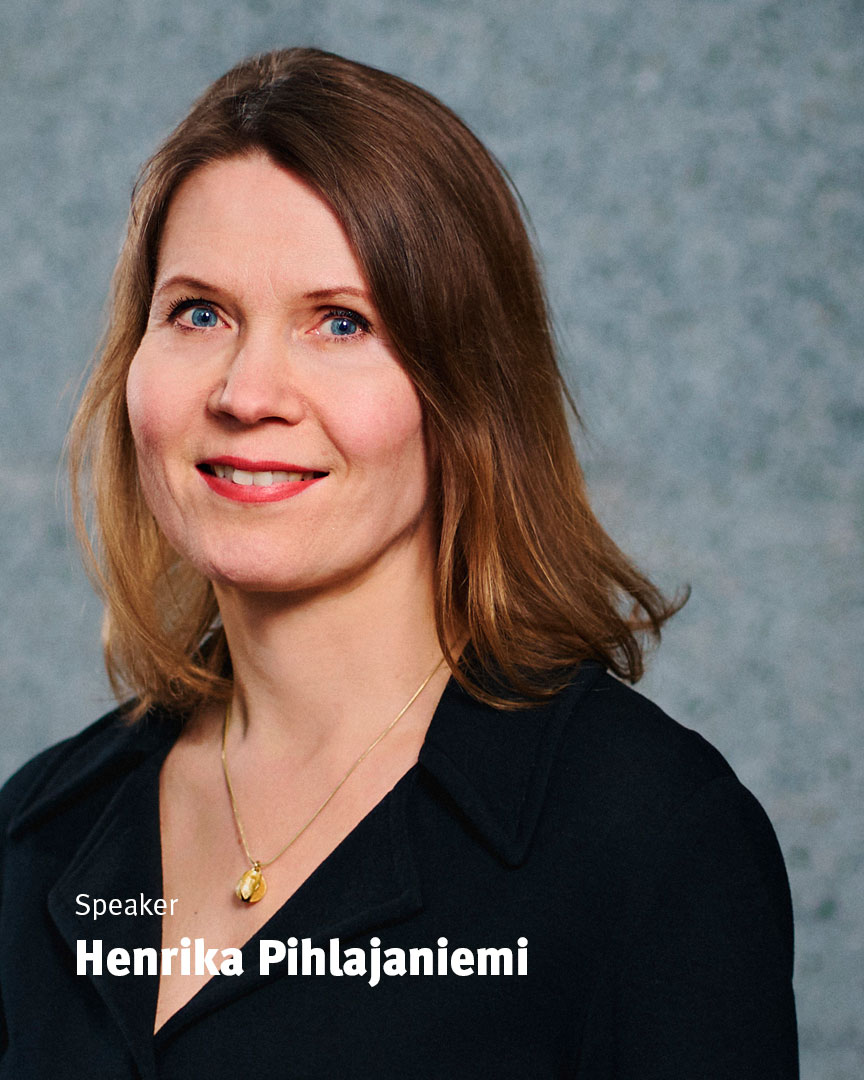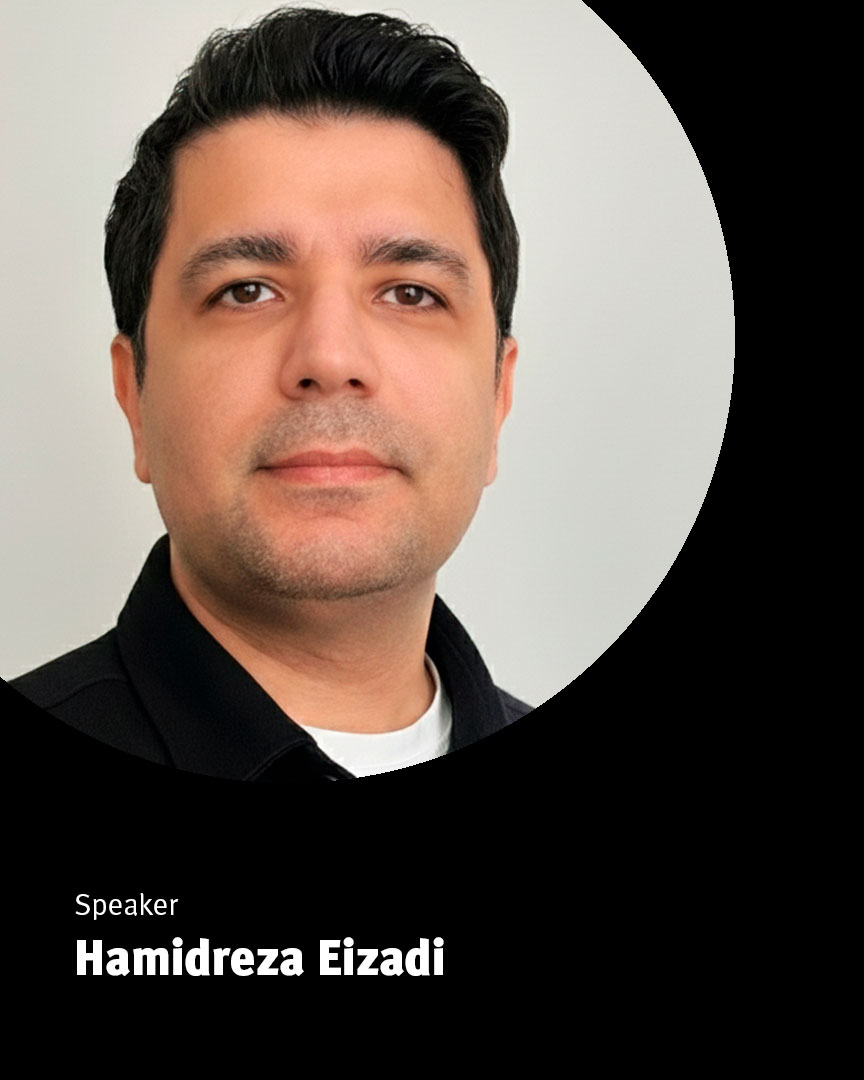Speakers
Thursday, 23th October 2025
Keynote Speaker
» Kerem Asfuroglu: Night Vision: Lighting was one of the key innovations which transformed our way of living & thinking. At no point in our history have we produced and consumed light more than we do now. This led light pollution to increase at an alarming rate impacting on the wellbeing of all earthlings whilst changing our perception of the night. Do we have a vision of what role lighting will play for the future city and its inhabitants, or will we just go with the flow?
Kerem Asfuroglu is the founder of Dark Source, an award-winning lighting design studio driven by social and environmental values based in the UK & Ireland. Following his graduation from Wismar University – Architectural Lighting Design MA in 2010, Kerem worked at Speirs + Major in London for nearly 8 years before setting up Dark Source in 2019. He has been awarded the title of Dark Sky Defender by the Dark Sky International for advocating the importance of darkness through design. Some of his environmental lighting projects include the Plas Y Brenin Outdoor Centre, Presteigne Dark Sky Community, Newport Dark Sky Masterplan, Cloughjordan Ecovillage and Cumbria TAN Dark Sky Planning Policy.
Light & Environment
» Christiane Sander: Bridges at night: Shining examples of the importance of environmentally responsible and sustainable artificial lighting
Christiane Sander is Head of Lighting Design at schlaich bergermann partner, leading the firm’s international lighting work in infrastructure, public space, and architecture. With over 25 years of experience, she creates lighting concepts that balance precision, sustainability, and context. Her portfolio includes more than 50 bridges worldwide—from coastal crossings to urban megastructures—as well as large-scale structures such as stadiums and complex interiors. Trained as a carpenter and industrial designer (Dipl.-Des. FH) and having spent several years on traditional journeyman travels, she combines craftsmanship with conceptual clarity. She joined schlaich bergermann partner in 1999 and completed advanced lighting design training at the Light Academy Bartenbach in 2008.
Sander is a member of the Deutsche Lichttechnische Gesellschaft (LiTG) and has received multiple international awards, including the IALD Award of Excellence, the German Lighting Design Award, and the Jonathan Spiers Lighting Award.
» Carolin Liedtke: How can we collaboratively develop a more environmentally just approach to outdoor lighting with municipalities? Insights after two years of the Interreg project „Darker sky”.
Prof. Dr.-Ing. Carolin Liedtke has been teaching and researching as a professor of lighting technology in the field of media technology at HAW Hamburg since 2021. Previously, she worked as a lighting engineer at BuroHappold Engineering, in lighting technology research at TU Berlin, and for the lighting manufacturer Selux after studying media technology at TU Ilmenau. Carolin Liedtke is a member of professional associations in lighting technology and colorimetry (LiTG e.V., DNK-CIE e.V., DfwG e.V.) and has been the chair of the expert forum on interior lighting of the German Society for Light Technology and Lighting Design e.V. since 2021. Her current areas of work focus on light in space, light pollution, and light simulation. Currently, she leads the working group of HAW Hamburg in the EU Interreg North Sea project DARKER SKY.
Lighting & Planetary Boundaries
» Thomas Schielke: How do we measure the progress of lighting?
Dr. Thomas Schielke studied architecture at the University of Technology in Darmstadt, Germany, focusing on architectural lighting. He works as a lighting design trainer at ERCO. Schielke is co-author of “Light Perspectives” and “SuperLux – Smart light art, design & architecture for cities.” He has taught at various universities and lectured at institutions such as Harvard GSD, MIT, Columbia GSAPP, and ETHZ. His research explores qualitative lighting design, the interpretation of architecture through light, and the evolution of lighting technologies. His column “Light Matters” appears on ArchDaily.
» Julian Klabes: What Makes White Light Appealing? Cultural and Contextual Influences on Preferred Color Rendering
Julian Klabes M.Sc. is a researcher at the Laboratory for Adaptive Lighting Systems and Visual Processing at Technical University of Darmstadt, focusing on lighting quality and color preference. His PhD investigated the preferred color rendition of white light sources under varying adaptation conditions, resulting in a predictive model for adaptive lighting. His work further covers camera and cinema lighting technology, spectral multi-channel LED optimization, and cognitive and biological light effects.
» Sebastian Fingerhuth: Measuring the night. Research activities on light pollution in Chile
Sebastián Fingerhuth, Dr.-Ing., is a Full Professor at the School of Electrical Engineering, Pontificia Universidad Católica de Valparaíso (PUCV), Chile, where he has taught and conducted research since 2010. He holds a Ph.D. from RWTH Aachen University (2009) and degrees in Electrical Engineering and Mathematics/Physics Teaching from Pontificia Universidad Católica de Chile (2003). As Director of R&D at the Faculty of Engineering since 2024 and Director of the Interdisciplinary Engineering Center (CII) since 2021, he leads initiatives in sensor technologies for light pollution detection, acoustics, vibrations, structural monitoring, and interdisciplinary applications like mining, infrastructure, and geosciences. In the last years he has put his focus and effort in applied research in light pollution. He has secured ANID funding for projects totaling over USD 500,000 and fostered international collaborations.
Friday, 24th October 2025
Keynote Speaker
» Kevin Houser: Human-Centric Lighting: Myth, Magic, or Metaphor? Exploring the Potential and Hype of Lighting for Health
Kevin Houser (PhD, PE, FIES, LC, LEED AP) is a Professor at Oregon State University, Chief Engineer at Pacific Northwest National Laboratory, founder of Lyralux, Inc., Fellow of the Illuminating Engineering Society (IES), and former editor-in-chief of LEUKOS, the journal of IES. With over 150 publications, 5 patents, and 135 presentations across 6 continents, Kevin has still not run out of things to write or say about lighting. Accolades include the CIBSE Leon Gaster and Walsh Weston Awards, three IES Taylor Technical Talent Awards, an Edison Report Lifetime Achievement Award, the IES Presidential Award, and the IES Medal Award, the society’s highest award for technical achievement. Kevin's work focuses on human perceptual and biological responses to light, striving to balance human needs with planetary health.
Light & Health
» Georgios Triantafyllidis: EEG-Based Emotional Responses to Daylight vs. Mixed Lighting: A Comparison of Arousal and Valence
Georgios Triantafyllidis is an electrical & computer engineer with more than 25 years of experience in conducting research and teaching in various fields of intelligent lighting systems and computer vision. He served at various universities and research centers and since 2015 is an associate professor at the department of Architecture, Design & Media Technology at Aalborg University Copenhagen (Denmark).
His current research interests focus on the design of intelligent lighting systems through innovative, data-driven approaches and computer vision techniques. He explores the creation and application of visual analytics and personalized systems within intelligent lighting design. His work also involves using EEG to investigate the impact of lighting on human responses and developing methods to measure and simulate the melanopic effects of light. In addition, he contributes to the development of adaptive lighting control systems using real-time data to enhance both energy efficiency and human well-being in indoor environments.
» Tom Igoe: Developing a Mental Model for Integrative Lighting
Tom Igoe is an arts professor in the Interactive Telecommunications Program at the Tisch School of the Arts at New York University. His work covers physical interaction design, networks, lighting design, the environmental and social impacts of technology development, and monkeys. He has written four books and a number of articles related to electronics and physical interaction. He is a co-founder of Arduino, an open-source microcontroller environment. He has consulted for various museums and interactive design companies as well. He hopes to visit Svalbard someday.
» Ilze Leduskrasta-Busa: From Science to Practice: Implementing Evidence-Based Holistic Lighting in Architectural Lighting Design
Ilze is an Environmental designer with more than 12 years work experience within lighting industry. One of the architectural light and light designing pioneers in Latvia as well as founder of light design bureau Ltd. LED LAB.
She designed and implemented various scope and scale lighting design projects – interior, exterior and environmental each requiring a unique design approach. Worked in close collaboration with leading architects in Latvia, NRJA, ARHIS, Didrihsons Architects, Jaunromāns and Ābele, AR & DE, Lauders Architecture, Rīgers, AB3D, Annvil, ALPS and others to create custom designs that balance aesthetics, function and maintenance. Author and implementer of lighting festival “Staro Rīga” installations, light lecturer and architectural light design evangelist in Latvia.
Light & Heritage
» Julieta Cignacco: Designing with darkness in cultural heritage sites: Towards a luminance-based methodological approach
Julieta Cignacco is a PhD Fellow at the Department of Architecture, Design and Media Technology at Aalborg University, Copenhagen. She works in the Lighting Design Research Group, and her doctoral research explores luminance, darkness, and human visual perception within cultural heritage contexts. She holds Bachelor’s and Master’s degrees in Architecture from the National University of Rosario, Argentina, and a Master of Science in Lighting Design from Aalborg University, Copenhagen. Additionally, she serves as a board member of Ungt Lys — a group of young people interested and engaged in light — which is part of the Danish Lighting Center (DCL).
» Brandon Fobugwe: Preferred Lighting for Paintings: Combining Color Science and Art Historical Context
Born in Dresden, Germany, Brandon Fobugwe works as a research assistant at the laboratory for Adaptive Lighting Systems and Visual Processing. He obtained his Master of Science in Electrical Engineering from TU Darmstadt in 2024. Having been involved in general lighting quality research since 2021 his main areas of focus recently shifted towards museum lighting where he now interweaves color science with art historical approaches. His long-standing interest in painting has fueled his motivation all the more.
» Henrika Pihlajaniemi: Art of Darkness - Enhancing the dark-time experience of urban cultural heritage through European pilot trials
Architect (M.Sc.), D.Sc.(Tech) Henrika Pihlajaniemi works as an associate professor at the Oulu School of Architecture, University of Oulu. She lectures and teaches sustainable architecture, as well as architectural and urban lighting, and leads research projects related to lighting and sustainability. Her research has covered themes of daylighting design, ecological housing, participatory design, adaptive and intelligent lighting, lighting-related well-being, and lighting education. Her recent research projects scrutinize the design perspectives of sustainable darkness. She currently leads a Europe-wide consortium studying Art of Darkness – the use of well-considered darkness to enhance and develop urban and cultural heritage contexts. Additionally, she works as a lighting design consultant in her architectural office (M3 Architects). Her completed projects include lighting master plans, urban parks, public buildings, light art, and luminaires. She and M3 Architects have received numerous awards in national and international architectural and urban design competitions.
» Hamidreza Eizadi: Perceptual Shifts through Time: Exploring the Potential of Daylight and Electric Lighting in Heritage Buildings
Hamid serves as the Lab Responsible and has been actively engaged in multiple research projects within the Lighting Design Division at KTH Royal Institute of Technology, Sweden. With an academic background in Sustainable Architecture and Architectural Lighting Design, he possesses extensive experience in design, teaching, and research in a wide range of projects both in Iran and Sweden. In addition to his role at KTH, he also contributes as a guest lecturer at Konstfack (University of Arts, Crafts and Design).
